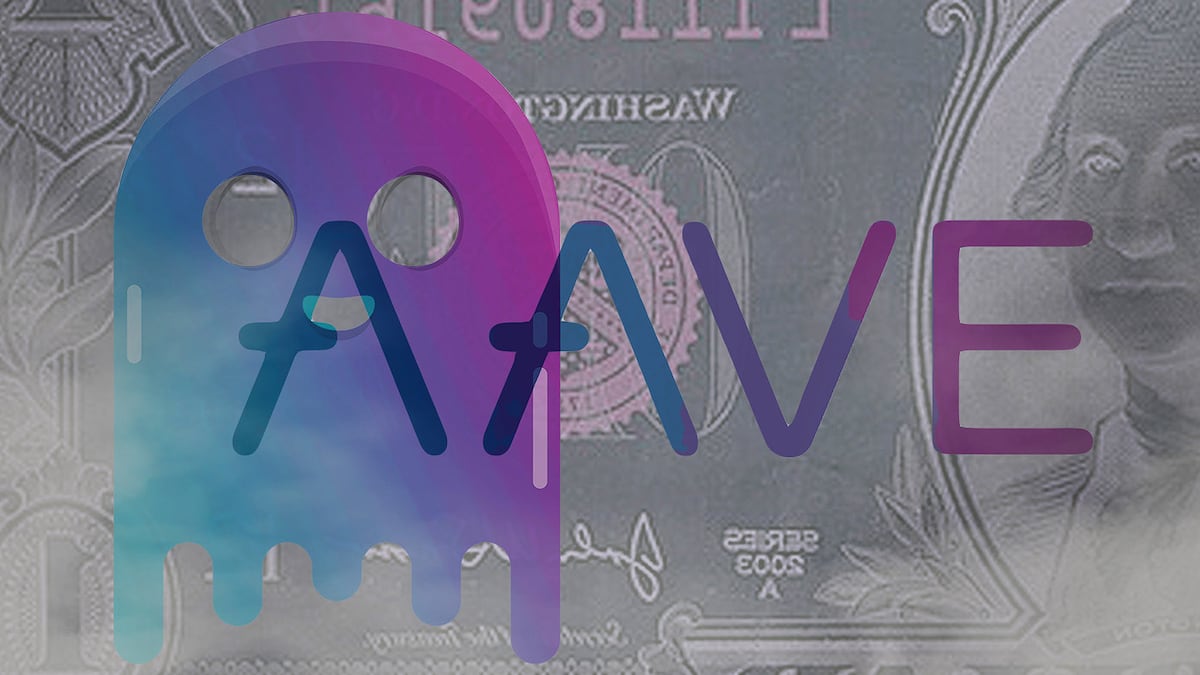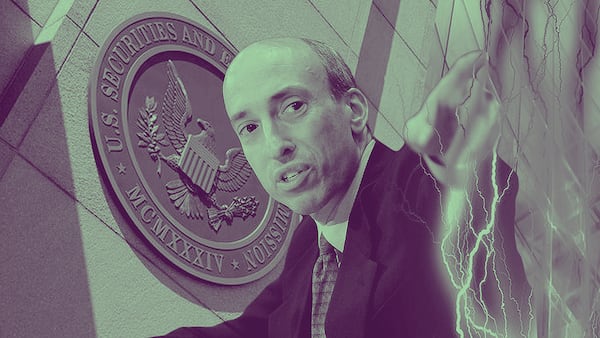- Aave DAO delegates have approved a proposal to launch GHO stablecoin on the Ethereum mainnet.
- GHO will swell the ranks of stablecoins being pushed by major DeFi protocols including MakerDAO and Curve.
The DeFi stablecoin war is heating up.
DeFi lending giant Aave looks set to challenge fellow DeFi heavyweights MakerDAO and Curve with the launch of its own US dollar stablecoin GHO, following the conclusion of a DAO vote.
The vote, which ended on July 14, passed with near unanimous support from Aave DAO delegates, with 881,059 AAVE tokens used by supporters to back the proposal in contrast to 10 AAVE tokens against it.
“Following the approval of this [Aave Improvement Proposal] users of Aave V3 on Ethereum will be able to mint GHO against their collateral, kickstarting a new era for the Aave ecosystem and the Aave DAO,” the proposal stated.
GHO’s launch on the Ethereum blockchain could happen as early as July 15 once the decision reached by the DAO is executed on-chain.
GHO is an overcollateralised stablecoin — users submit crypto collateral in excess of the amount of the stablecoin they wish to mint.
This excess collateral is determined by a collateral factor as prescribed by the protocol, designed to ensure the stablecoin keeps its peg amidst market fluctuations of the other assets it’s hitched to.
Once GHO is launched, it will join a group of DeFi-native stablecoins that has long been dominated by MakerDAO’s DAI.
Stablecoins are a staple of DeFi protocols, regardless of their size.
They form base trading pairs on these protocols and can be used for lending and borrowing to generate yield for both users and the protocols themselves.
Despite the ubiquity of protocol-native stablecoins, many of the largest DeFi players like Aave have previously not floated their own stable cryptocurrencies.
MakerDAO and Frax Finance were the prominent outliers in this trend.
NOW READ: DeFi’s biggest exchange Curve Finance takes a shot at stablecoins
Aave is the second-largest DeFi protocol with a total value locked of $5.9 billion, DefiLlama data shows.
Total value locked is a DeFi metric that tracks the value of tokens locked into a protocol by users.
Curve Finance, for its own part, is the largest stablecoin exchange and is a major hub for stablecoin liquidity.
Curve recently launched its US dollar stablecoin called crvUSD and Aave is now set to follow suit.
This could set the stage for an expanded DeFi stablecoin war among DAI, crvUSD, and GHO with Frax Finance’s FRAX stablecoin not far behind.
Yield generation could be at the centre of this tussle with each protocol devising means to incentivise interest in their respective stablecoins.
The growing Ethereum liquid staking derivatives, or LSD token, market is likely to be a major component of these yield strategies.
Major Ether LSDs, like Lido’s stETH and Rocket Pool’s rETH, are already popular collateral for loans on DeFi lending protocols.
The market size of these DeFi stablecoins put together still pales in comparison to Tether’s USDT stablecoin which currently dominates the market.
USDT currently accounts for almost two-thirds of the $127 billion stablecoin market, according to DefiLlama data.
It is, however, not a DeFi-native stablecoin as it is issued by a centralised entity.
DeFi proponents have often pushed for a broader adoption of protocol-native stablecoins instead of USDT and Circle’s USDC — the two major players.
They point to how centralised stablecoin issuers can block transactions as part of the reasons why they prefer decentralised alternatives.
Update, July 15: The number of tokens used in the vote was corrected.
To share tips or information about stablecoins or another DeFI story, please contact me at osato@dlnews.com.



